‘Write a line, snort a line’: inside the coke-fuelled battle to make Chinatown
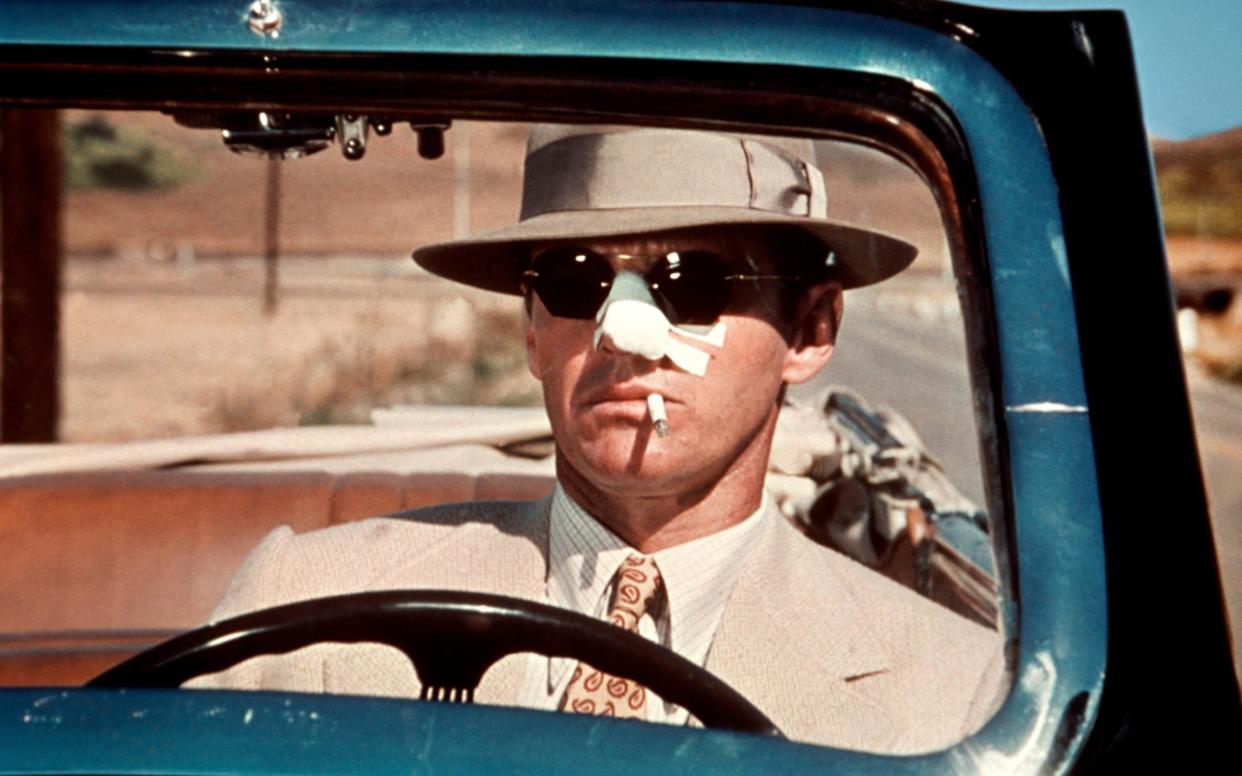
The stray remark from a Los Angeles beat cop friend lodged in Robert Towne’s brain like a splinter. “The one place I never really worked,” the officer told the screenwriter, “was Chinatown. They really run their own culture.”
The process of removing that splinter took Towne years, and encompassed drug binges, homelessness and a string of bitter feuds. But it also yielded what was arguably the greatest screenplay ever to come out of Hollywood – one still revered in writing classes for its lived-in historical detail, masterfully wrangled twists and characters who were mesmerisingly complex and flawed.
Towne, who died this week aged 89, was then in his mid-30s; a lifelong LA resident who had grown up in middle-class comfort in the gated suburb of Rolling Hills. After graduating, he quickly found work; first in television and then in film, writing sci-fi and horror for the exploitation mogul Roger Corman.
Via his friendships with Warren Beatty and Jack Nicholson, he cultivated a reputation as an accomplished script doctor, furnishing Francis Ford Coppola with a crucial scene for The Godfather and wrestling Beatty’s Bonnie and Clyde and The Parallax View into shape behind the scenes. He sensed a growing appetite for films that depicted the world as it was, even if it initially landed him in trouble. His expletive-laced adaptation of the Darryl Ponicsan novel The Last Detail had him hauled in front of the bosses at Columbia Pictures. But that’s how sailors talk, he shrugged (and Nicholson, already attached to star, backed him up).
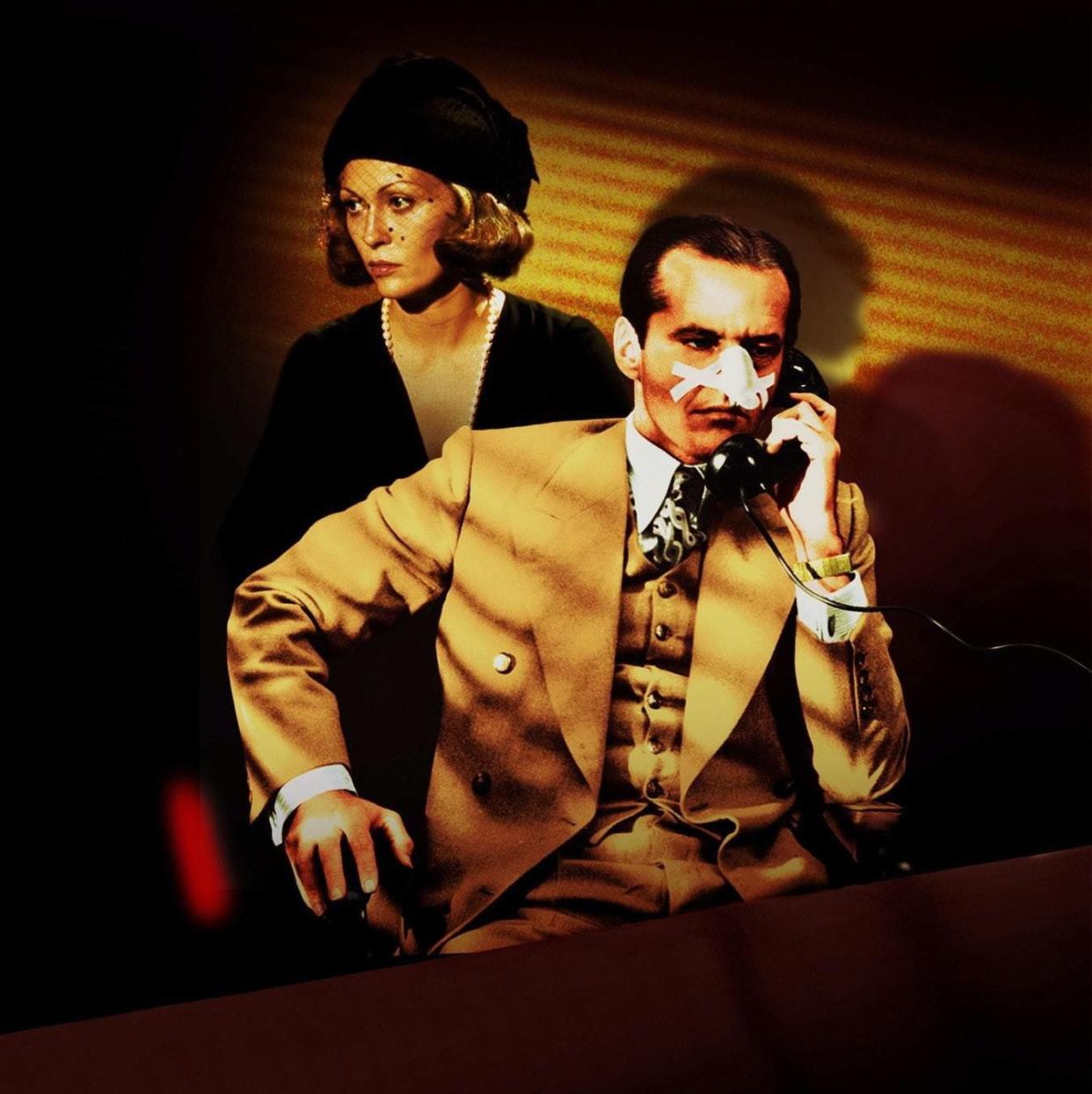
The movie business has always treated writers as disposable, but Towne had cleverly manoeuvred himself into a previously untenable position in which his name had currency – whether it was listed in the credits or not.
Life was good. But his friend’s admission both stung and inspired him. Here was the law itself acknowledging that behind his home town’s sunny façade, there were places, maybe just around the corner, that were not just unpoliceable, but impenetrable – corruption as literal rot, eating through the place’s foundations. A longtime fan of the murky detective stories of Raymond Chandler, he threw himself into researching Los Angeles as it had been in the 1930s, in search of inspiration for a case that would express this troubling truth.
He found it in the so-called California water wars of the early 20th century, in which politicians and property barons robbed farmers and landowners of their water supplies in order to slake the thirst of their growing metropolis and drive down the price of the land.
Paramount, then resurgent under its new eccentric head of production Robert Evans, was keen to bring Towne on board. Evans called him in for a meeting and offered him $25,000 to adapt The Great Gatsby: Towne instead pitched him his period detective project. While Evans couldn’t make head nor tail of the plot – something to do with irrigation disputes – he thought the title had the ring of a hit, signed the $25,000 cheque, and promised Towne a further $250,000, plus five percent of the box office, when it went into production.
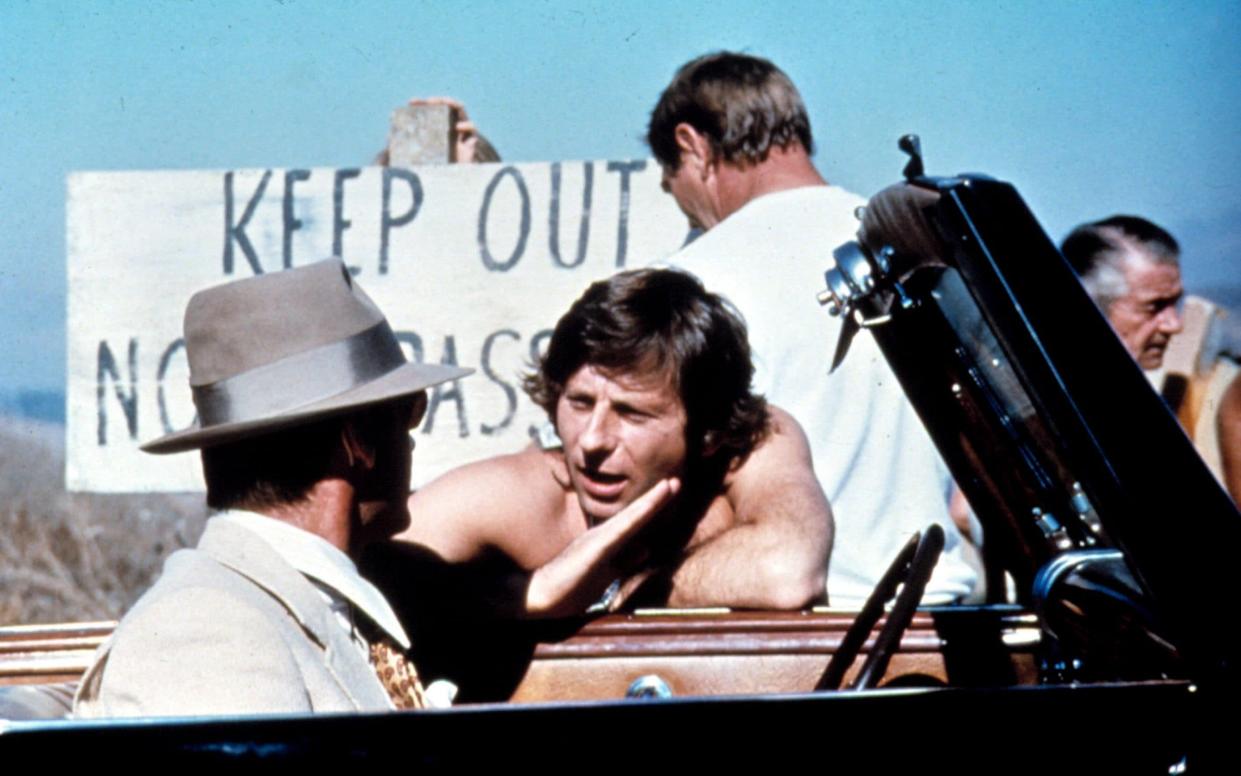
There was a problem, though. When improving other people’s writing, Towne worked fast. But when it came to generating his own he was painfully slow, and not given to smooth collaborations. He and Beatty had spent large portions of 1968 and 1969 fruitlessly chipping away at the script for Shampoo, a satirical comedy inspired by the busy love-life of Jay Sebring, the celebrity hair stylist. But that pained process was nothing compared to the months he would spend wrangling the Chinatown script with Roman Polanski – who had been lured back to Los Angeles by Evans only a few years after the director’s wife, Sharon Tate, had been killed in the Manson murders.
Towne had already spent six months corralling his ideas into a mammoth 178-page script, full of dense, hard-boiled narration for Nicholson – he had written the detective role, JJ Gittes, specifically for the actor – and crammed with supporting characters, all with intricate backstories, that fleshed out his vision of a city irreparably mired in corruption and violence. And it all came together in a central, jet-black masterstroke: creating a horrible domestic parallel for the city fathers’ rape of the land, the truth of which Gittes would only discover at the final moment.
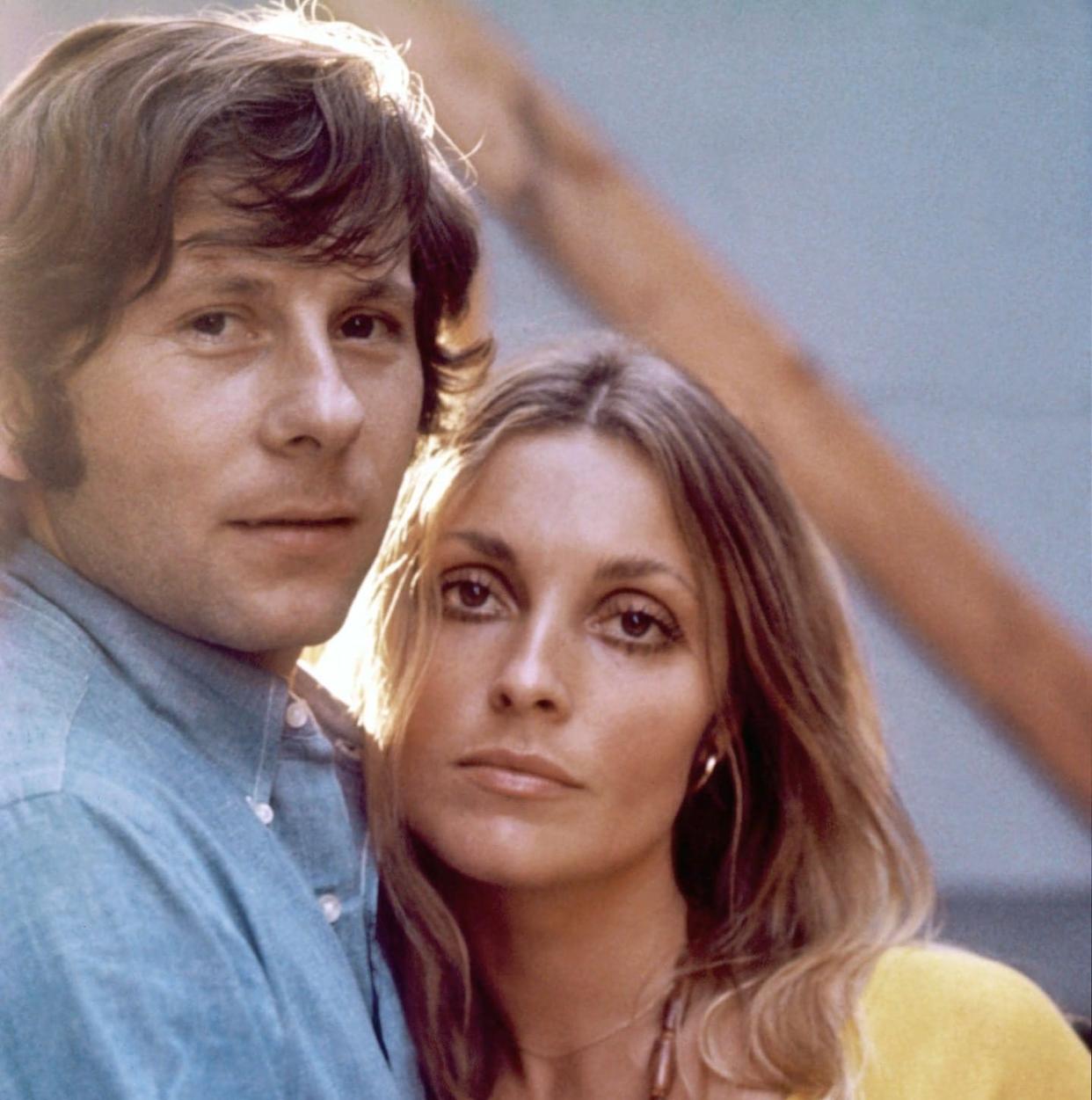
It had been hard work – and was further prolonged because Towne became sidetracked by the idea of writing a Tarzan film told from the point of view of the gorillas. (This would eventually resurface as Greystoke, a film Towne hated so much he gave his screenwriting credit to his Hungarian sheepdog: the dog was subsequently nominated for a Best Adapted Screenplay Oscar.)
By the end of this period, the Paramount money was long gone – Towne’s increasingly prodigious cocaine habit would later earn him the nickname “old write-a-line, snort-a-line” – and had spent much of the end of it sleeping in borrowed apartments. Eventually he scrounged a further $10,000 from Nicholson, who gave it to him on the condition that he stayed indoors until the first draft was finished.
That first draft was a breeze block – and leafing through it on his arrival in Los Angeles in the summer of 1973, Polanski was dismayed. He decided that he and Towne should spend a further eight weeks going through the thing together line by line. To break the ice, the director bought Towne a book called How to Write a Screenplay, inscribing “To my dear partner, with fond hope”, on the inside cover. Whatever initial hope or fondness there was soon curdled into rancour, as the pair quarrelled over virtually every line: Polanski would later tell the writer Peter Biskind that Towne fought “for every word, every line of the dialogue, as if it was carved in marble.”
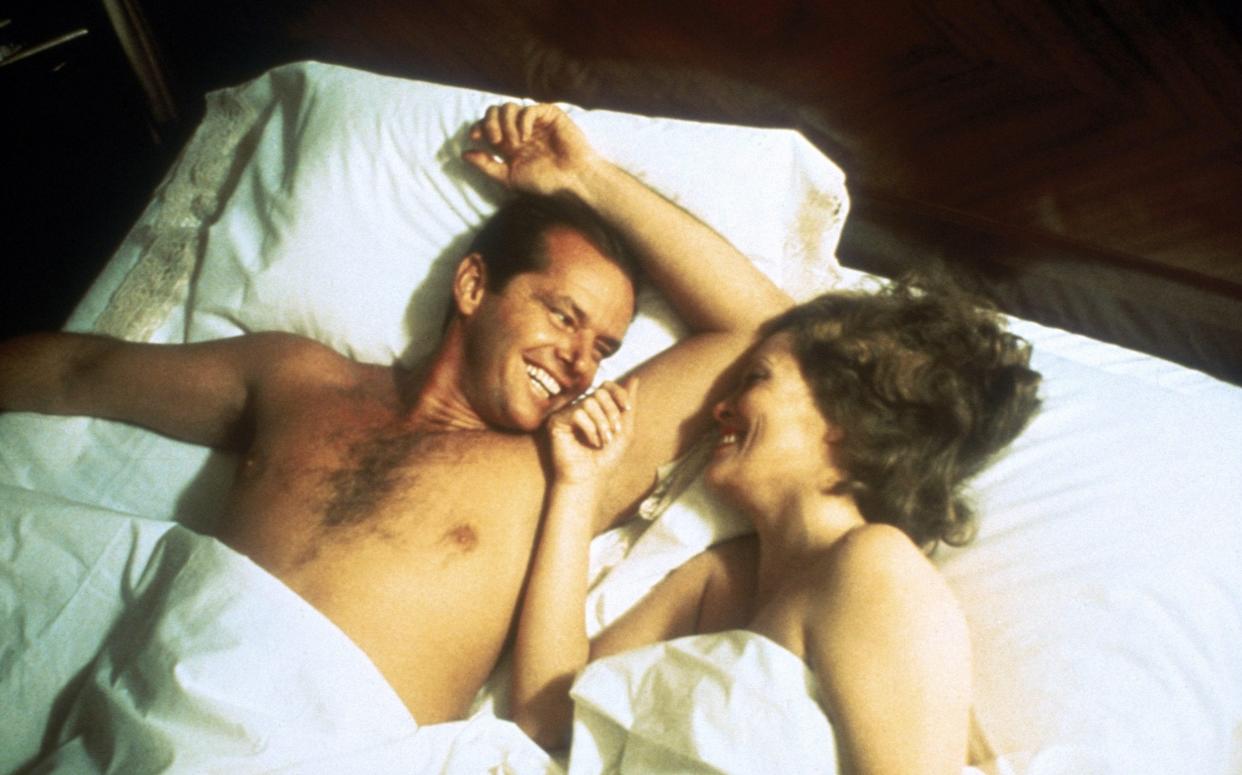
The third wheel at these fraught writing sessions was Towne’s dog, whose overactive bladder drove Polanski crazy. So too did Towne’s heavy pipe-smoking habit – although at least the tobacco helped mask the aroma of dog urine that pervaded the house. For his part, Towne found himself growing increasingly irritated at Polanski’s variable attention span, which always seemed to falter during the regular visits of the young women who would frolic topless in the swimming pool outside.
Even so, progress was made. Polanski stripped out almost 50 pages of narration and supporting character detail, and insisted on a scene set in Chinatown itself. He loved the idea of the place as a metaphor, as captured in Towne’s cop friend’s initial observation, but the idea of not showing it felt perverse. Towne’s original script had Faye Dunaway’s troubled Evelyn Mulwray eventually killing her father, John Huston’s monstrous property tycoon Noah Cross. At the end of a gruelling investigation, justice was finally served.
But with his own late wife’s horrific fate surely in mind, Polanski pushed the ending deep into the darkness: Evelyn, rather than Cross, had to die, leaving Gittes to helplessly reckon with the awful implications. This was the opposite of the Chandler tradition Towne had originally been writing in, in which the hardened PI coolly moves onto his next case. In Chinatown, the mystery is solved, but it solves nothing.

So icy were relations between the two by this point that when filming commenced in October, Polanski banned Towne (and his dog, and his pipe) from the set. Every evening, Towne would troop off to the Paramount screening room to watch the new material with Evans – though when Polanski was called away from the edit to direct an opera, Towne and Evans would both watch Sam O’Steen cutting the material together, with a nagging sense that he was partly responsible for a $6 million flop.
“It’ll be a miracle if this is any sort of hit,” Towne told Evans at 4am during one of these arduous sessions. “F___ it,” Evans replied. “I don’t care if it’s a hit or not. I just want it to be good.”
In the event, it was both. Chinatown was a critical and commercial hit, and the following year was nominated for 11 Oscars – though had the misfortune of competing against The Godfather: Part II, and in the end won just one (for Towne’s screenplay).
Towne would be nominated again the following year, alongside Beatty, for Shampoo. But though he continued doctoring scripts in the years ahead – a gig which earned him $500,000 per annum at its peak – that was to be his last formal screenwriting credit until a run of three indifferently received directorial efforts in the 1980s. The Two Jakes, his (again, much laboured-over) Chinatown sequel, should have been his fourth – though Towne withdrew after the shoot collapsed following a blazing row with Evans, who insisted on playing a major supporting role despite not having acted since the 1950s. (Evans was later replaced by Harvey Keitel and filming eventually commenced in 1989, with Nicholson directing himself.)
The Towne touch can still be detected in some of his later work: take his screenplay for Brian De Palma’s Mission: Impossible, written with David Koepp, which weaponises audience confusion just as skilfully as Chinatown, albeit to pulpier, splashier ends. But his style – not just of writing, but of working – was inextricable from 1970s, as he acknowledged to Biskind in the author’s history of new Hollywood, Easy Riders, Raging Bulls.
“So much of the 70s,” he said, “was about revealing the disparity between what the country said it was and what filmmakers perceived It to be.” Chinatown took that gap and pried it open with surgical coldness and precision, creating a wound which remains as raw today as it ever was.


